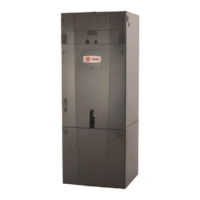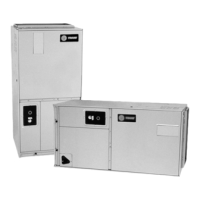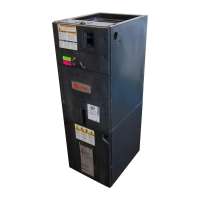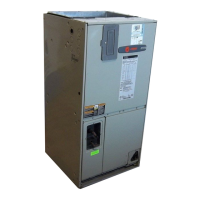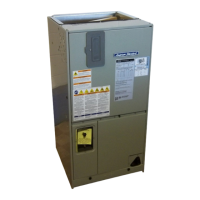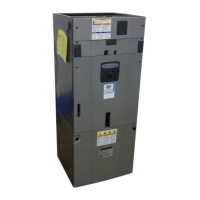BCX-SVX002A-EN
59
• For the best performance and operation, the original
mineral oil should be removed from the components of
the system that are not being replaced. Any component
of the system that is suspected of trapping oil (piping,
traps, and coil), should be dismantled, drained, and
reassembled. After all components have been drained,
the amount of residual mineral oil will have a negligible
effect on performance and reliability.
NOTICE
Compressor Damage!
POE oil is hygroscopic – it absorbs water directly
from the air. This water is nearly impossible to remove
from the compressor oil and can result in compressor
failures.
To prevent POE oil from absorbing water, the system
should not remain open for longer than necessary.
When open, dry nitrogen should flow through the
piping. Only new oil containers should be used for
service and maintenance. Always use the smallest
container size required for the job requirements.
Always leave the oil container tightly sealed until time
of use. Do not reuse oil that has been opened.
All Codes take precedence over anything written here.
Field-Installed Evaporator Piping
Figure 50. Typical single-circuit condensing unit: evaporator coil with one distributor
Thermal
expansion
valve (TXV)
Liquid
line
Filter drierSolenoid
valve
Sight
glass
Distributor
Suction line
Evaporator Coil with Standard Circuiting
1. Pitch the liquid line slightly—1 inch/10 feet —so that the
refrigerant drains toward the evaporator.
2. Provide one expansion valve per distributor.
3. Slightly pitch the outlet line from the suction header
toward the suction riser—that is, 1 inch/10feet in the
direction of flow. Use the tube diameter that matches
the suction-header connection.
4. Use the tube diameter recommended in the
condensing unit application manual for a vertical rise.
Ensure that the top of the riser is higher than the
evaporator coil.
5. Pitch the suction line slightly—1 inch/10feet —so the
refrigerant drains toward the evaporator.
6. Insulate the suction line.
Piping and Connections
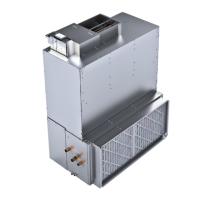
